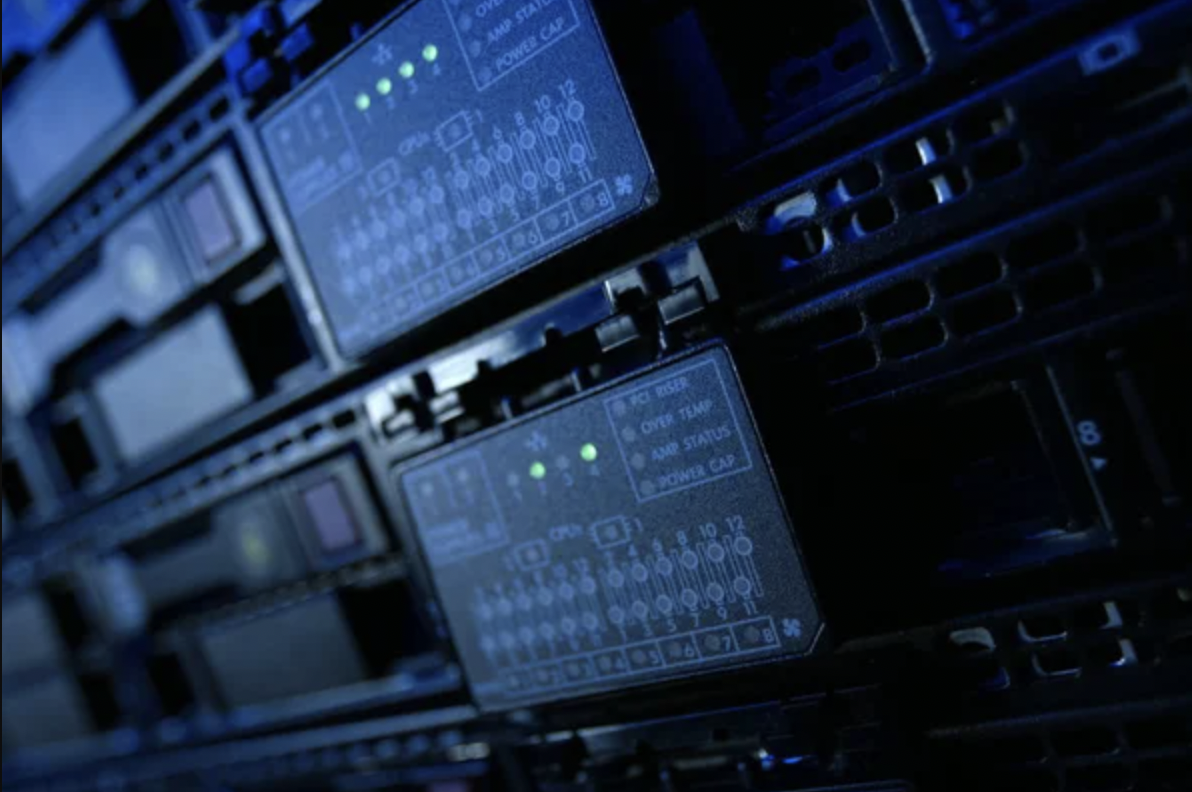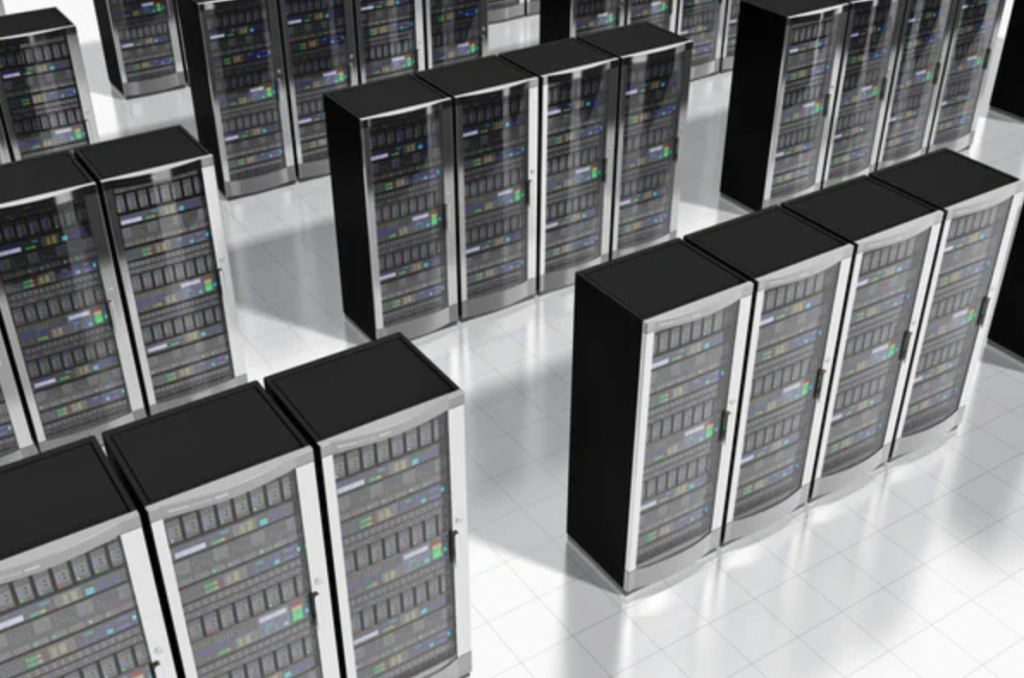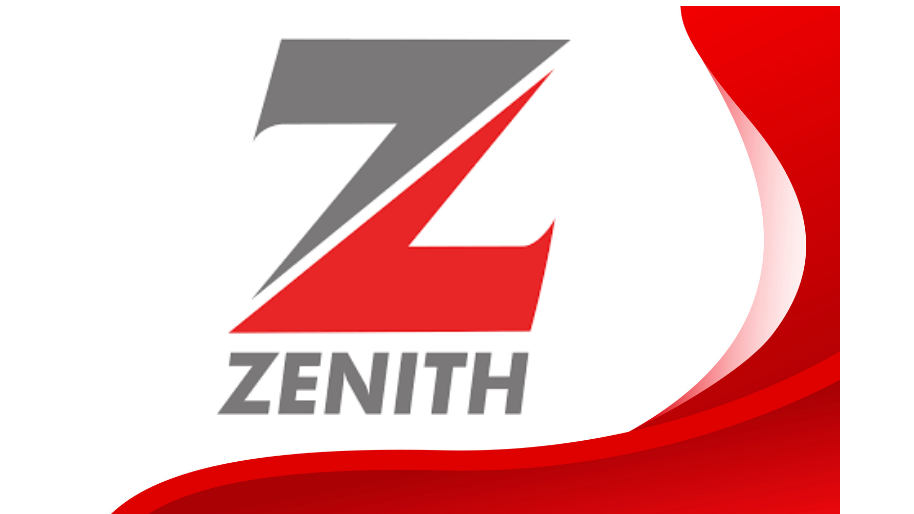Tech
Can internet use less energy?
Data centres are essential for many of our daily activities, such as online shopping, streaming TV shows, and reading news articles. These services require data to be stored and accessed quickly, which is made possible through the use of data centres.
Advertisement

Data centres are integral to many of our daily activities, such as online shopping and streaming entertainment. However, their operation requires an immense amount of electricity, with a single large facility consuming as much power as a medium-sized town.
Ireland is hosting an increasing number of data centres, including those of Microsoft and Amazon, with more than 20 in Dublin alone. The country currently has 75 data centres, and 11 more are under construction. Energy consultants Baringa have warned that by 2029 these facilities could consume 27% of the national electricity output, a situation that has prompted the Irish government to make sustainability a pre-condition for approval of new data centres. The government has stated that such centres “must be able to flexibly reduce power consumption”.
However, the new data centre in Grange Castle has an additional trick up its sleeve. Its backup power comes from a flywheel that stores kinetic energy to be released when the electricity supply is interrupted. The flywheel operates in a vacuum and is designed to keep the data centre running without interruption until the diesel generator kicks in.
Another potential solution lies in energy storage. Some data centres use huge banks of batteries or flywheels to store electricity generated by renewable sources for use when needed.
And other innovative approaches are being trialled, such as using the heat generated by data centres to warm nearby buildings or even heat water for local homes.
A new data centre located in Grange Castle, Dublin is using technology to manage its electricity consumption and be less of a burden on the national grid. The data centre’s connection to the electricity grid is managed by software from Eaton and energy giant Enel. If the wider electricity grid is under stress, the electricity to the data centre is shut off and back-up systems immediately kick in. This allows the data centre to flexibly reduce power consumption and help support the grid when it is under stress. This live, dynamic relationship between a data centre and a national grid is claimed to be the first of its kind.

Ciaran Forde from Eaton explains that the company’s system acts as a pressure valve by disconnecting the data centre from the grid for brief periods. This allows the Irish grid operator to manage fluctuations in electrical frequency when there is excess power from unstable sources like wind farms. Data centre owners are incentivised to be flexible by receiving payment for their cooperation with the grid. Jay Dietrich from the Uptime Institute believes that income is the primary reason for data centre owners to be flexible, rather than noble intentions.
The increasing demand for cloud computing has led to a surge in the number of data centres around the world, resulting in a significant strain on electricity grids. This is exemplified in Ireland, which hosts over 75 data centres with 11 more under construction, and they could potentially consume 27% of the national electricity output by 2029, according to energy consultants Baringa. To address this issue, the Irish government has made sustainability a prerequisite for approving new data centres. Technology firms are also implementing solutions, such as Eaton’s software system, which manages the connection of a data centre to the grid and frees up power when the grid is under stress. The explosive growth of cloud computing has contributed to this problem, with the term “cloud” being highly misleading as it refers to physical computer servers that require a large amount of electricity to operate.
Data centres are consuming a vast amount of electricity, with Ireland hosting 75 data centres, which could take up 27% of the national electricity output by 2029. The situation is forcing the Irish government to impose sustainability requirements on new data centres. Eaton has developed software in conjunction with energy giant Enel that manages data centres’ connections to the electricity grid, turning off the electricity to the data centre when the wider electricity grid is under stress, freeing up power when it is not. Data centre owners are paid for this flexibility. Pure Storage is reducing data centres’ power usage by up to 80% with software that trims bits and bytes and eliminates surplus information.
Trending Topics

Recommendation – Branch
Branch is a financial technology company in Nigeria that provides digital financial services to individuals and small businesses.
Keep ReadingYou may also like

Zenith Bank: Apply now!
Transform your finances with Zenith Bank. With competitive interest rates, innovative banking services. See now!
Keep Reading
Apply Stanbic IBTC Visa Platinum Naira Card
Learn now how to apply for the Visa Platinum Naira ITBC credit card and start enjoying the benefits it has to offer!
Keep Reading

